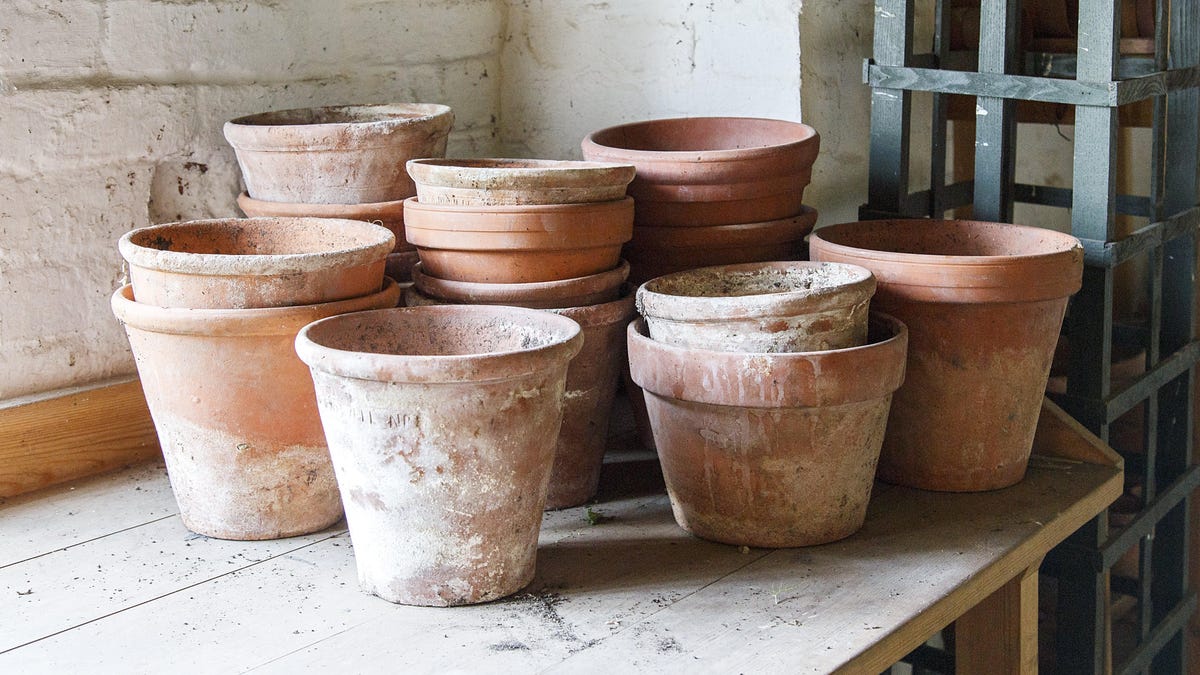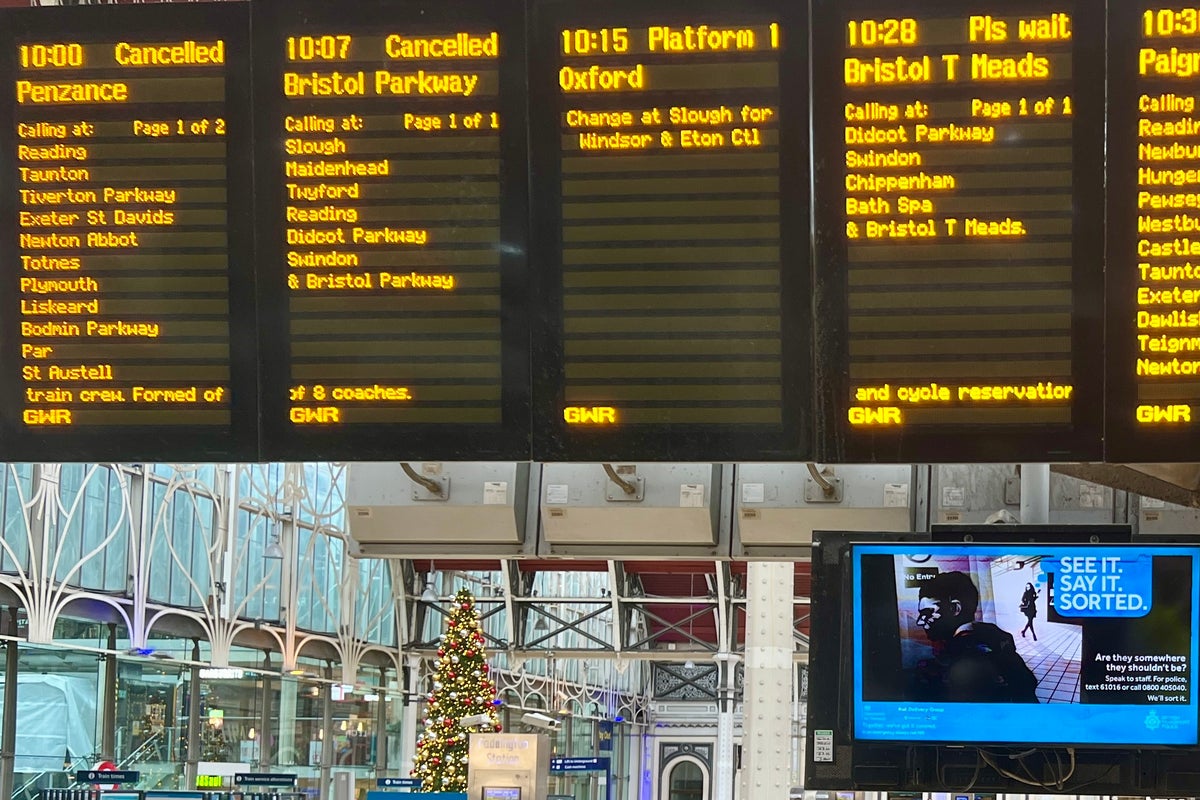New York museums to display signs identifying art looted by the Nazis during Holocaust
The bill was signed into law in August and seeks to educate younger generations about the dark period in history

Museums in New York are now required by law to post notices with the display of any art looted by Nazis during the Holocaust.
The measure was signed into law by Governor Kathy Hochul in August and seeks to educate younger generations about the Nazi era and how it affected the provenance of Jewish-owned art in its aftermath, said Senator Anna Kaplan, the Associated Press reported.
Museums in the Empire State were already mandated to report pieces stolen by the Nazis from 1933 through 1945 to the Art Loss Register. The new bill is part of an education package to honour survivors of the Holocaust.
The organised looting of art in European countries during the era is known as the Nazi plunder. It is estimated that some 600,000 pieces of art were seized by the party from Jews who fled their homes to preserve their lives — and thousands remain missing, the Washington Post reported.
“Every museum which has on display any identifiable works of art known to have been created before 1945 changed hands due to theft, seizure, confiscation, forced sale or other involuntary means in Europe during the Nazi era shall prominently place a placard acknowledging such information along with such display,” the bill states.
“We owe it to them, their families, and the six million Jews who perished in the Holocaust to honour their memories and ensure future generations understand the horrors of this era,” Gov Hochul said back in August.
Wesley Fisher, who oversees research for the Claims Conference, an organization that deals with reparations for victims of the Holocaust, told the Associated Press it is pivotal that museums are committed to preserving history and work accordingly to inform visitors of the stolen pieces.
“Because the survivors of the Holocaust are a generation that is dying out, this becomes much more important,” Mr Fisher told the AP. “The objects become much more important. The idea that students and general public should go through museums to understand where these items come from, is important.”
The Metropolitan Museum of Art has at least 53 pieces that were looted by Nazis in its collection. They were only bought or donated to the museum after they were returned to their designated owners.
Among those pieces of art is a 1952 Picasso that was the subject of a lawsuit from an heir who claimed that her great-granduncle sold the painting only for $13,20 when he was trying to flee Europe in 1938. The suit was tossed out and the museum kept the now-$100m piece.
The Met has also returned other works, such as a snuffbox, two bronze medals and a plaquette to the heirs of a gallery looted by Nazis in Munich, NBC reported.

 Troov
Troov 
































